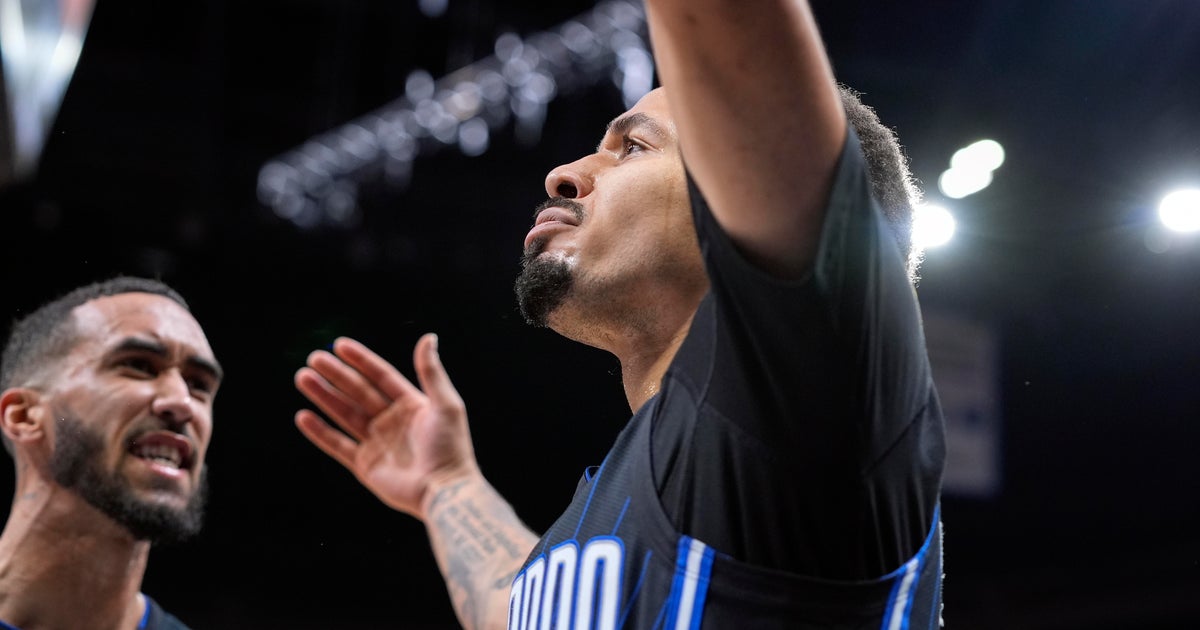NCAA Study Finds Huge Gap In Athletic Vs. Academic Spending
MIAMI (CBSMiami) – The NCAA revealed Wednesday that schools spend as much as 12 times more per athlete than they do for student. The study revealed the spending gap is the largest in the Southeastern Conference and smallest in the Mountain West Conference.
According to the study, median athletic spending at an SEC school was roughly $163,931 or roughly 12 times the $13,390 the SEC schools spent per student for academic costs including instructional costs and student services.
The schools in the other major power conferences (the ACC, Big Ten, Big East, and Pac-12) also averaged spending greater than $100,000 per athlete, according to the NCAA's study. Overall, athletic spending across Division I rose twice as fast as academic spending from 2005-2010.
The numbers aren't likely to change any time soon either. The Big Ten's sports network could be providing up to $40 million to schools in the next few years, while the SEC is planning its own sports network that could send money trucks to each school's athletic departments.
Overall, the study reported the top five conferences' current media contracts are expected to pull in more than $1 billion per year, with average revenue ranging from $12 million to $20 million per year.
"College sports are big business, and these contracts exceed the annual media contracts for Major League Baseball, the National Hockey League, and the National Basketball Association," the study said.
The figures have sparked some college presidents to ask the NCAA to do more to try and control athletic spending more.
"How many sport video analysts do you really need?" said John Dunn, president of Western Michigan University, who gave a talk Tuesday at a preliminary portion of the meeting on rising inequality in college athletics. "How many assistants for a coach -- not assistant coaches, (but) assistant office personnel, to keep his life straight?"
According to the study, "compensation and benefits for athletic department staff are the largest expense across all subdivisions and consumed about one-third of athletic budgets." The study continued, "Athletic departments also spent a similar proportion of their budget on game expenses/travel (10 percent) and recruiting (2 percent)."
Those costs are likely to rise as conference realignment accelerates. Teams in Texas will now have to travel to the Northeast and vice-versa as geography no longer matters to how conferences are constructed.
The NCAA study also found that fewer than one in four of the 97 public Football Bowl Subdivision athletic departments generated more money than they spent in any year between 2005-2010 and almost none of the remaining programs in Division I were profitable.
Overall, while tuition and fees go up and the economy is rocked by the Great Recession, the one constant is the rise in athletic spending.
"While a winning team may generate some new students and donors, the price of participating in Division I athletics is high," the report said. "And disparities in academic and athletic spending suggest that participating public colleges and universities reexamine their game plans."



